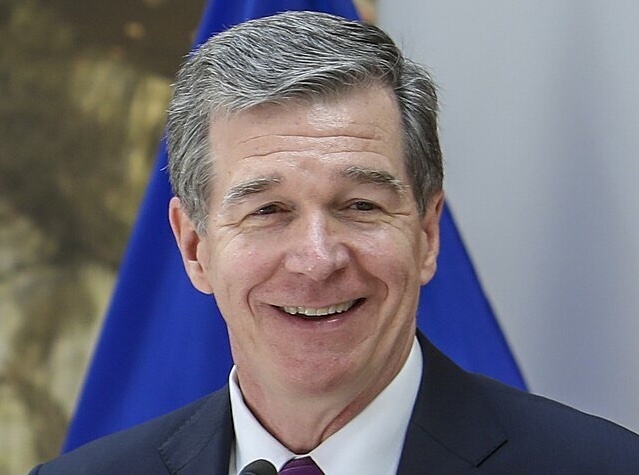When are special interest subsidies not just special interest subsidies?
When the special interests receiving the subsidies hire a consultant to do an economic impact study.
And how often does the economic impact study show that the special interest subsidy will be good for the economy, not just the special interests?
Always.
Economic impact studies have become part of the standard toolkit used by nearly every special interest pleader who begs state and local officials to (please, please, please) transfer wealth from workers, entrepreneurs, and taxpayers to themselves. The film industry, sports teams, the renewable energy industry, and many other corporate welfare recipients pay consultants to tell them, not only what they want to hear but more importantly what they want the public to hear, namely how great the subsidies will be for the taxpayers who are being fleeced.
Sure, those film “incentives” or subsidies for a new football stadium will make the film industry or the NFL team owners a lot of money. But pay no attention to that man behind the curtain! What these industries really care about, they claim, is that they are going to make the community better off. And to prove this, everyone from local politicians to the local media is told to look at those impressive numbers from an economic impact study paid for by the industry. Thousands of jobs will be created, and hundreds of thousands (or maybe even millions) of dollars will be generated for the community. It’s the proverbial win-win. The beauty of an economic impact study is how it demonstrates that Peter can be robbed to pay Paul and magically both Paul and Peter are made better off.
So, here’s the dirty little secret about economic impact studies. They are designed so they can only give one kind of result—positive. The possibility that any subsidy or special project can generate negative results for the economy, i.e., lose jobs, reduce incomes, or shrink GDP, is ruled out by design. I have explained this at length in several other publications. But the more detailed arguments that I’ve made elsewhere can be boiled down to one simple point: the studies all assume that none of the resources being used—labor, land, steal, electricity, etc.—would be employed in any other productive activities if the subsidized companies or industries weren’t using them.
They imply that a 100-acre plot of land not used for a subsidized solar power plant would not be used to, say, grow soybeans or sweet potatoes. It would just lie idle. And if the workers used to install the solar panels weren’t hired to do that job, they would be in unemployment lines. These are the kinds of assumptions that are implicit in constructing studies meant to convince the public that these subsidies are really for their own good.
There are no job losses, no wage reductions, and no GDP losses to calculate and subtract from the gains. So, the question that all of these studies ask is how good will the special interest subsidy be for the economy, not whether it will be good or bad.
The answer to this question comes through the “ripple effects” from the subsidy, sometimes called multiplier or secondary effects. This has to do with how the subsidies work their way through the economy once they are handed over to the special interest. Again, all of these effects are assumed to be positive for the same reason as discussed above. None of the resources used would be employed in any other productive activity if it weren’t for the subsidy. The size of the total impact has everything to do with these ripple effects. Often, they are assumed to be 10, 15, or even 20 times the amount of the original subsidy. The bigger the ripple effect, the better off the special interest subsidies are making everyone.
The numbers that the typical economic impact study generates have no meaningful economic content. They cannot intelligently inform debates over whether any particular project or subsidy would be worthwhile. As a general rule, the public and politicians should never view economic impact studies as anything more than an attempt by special interests to manipulate public opinion for their own benefit.


